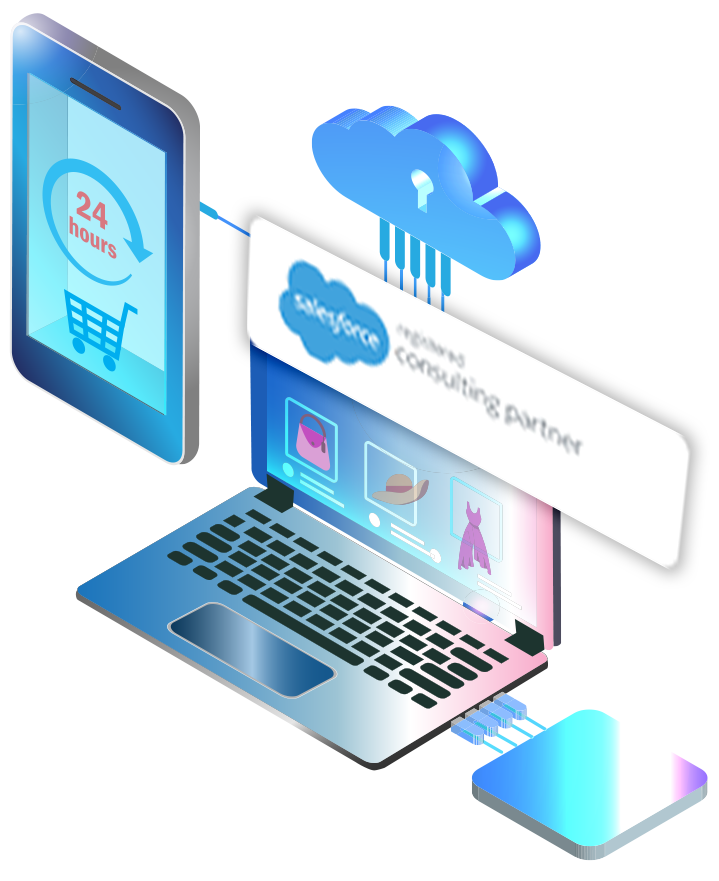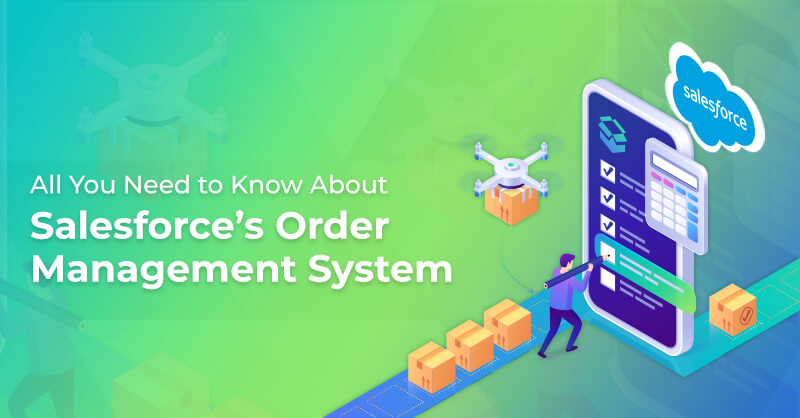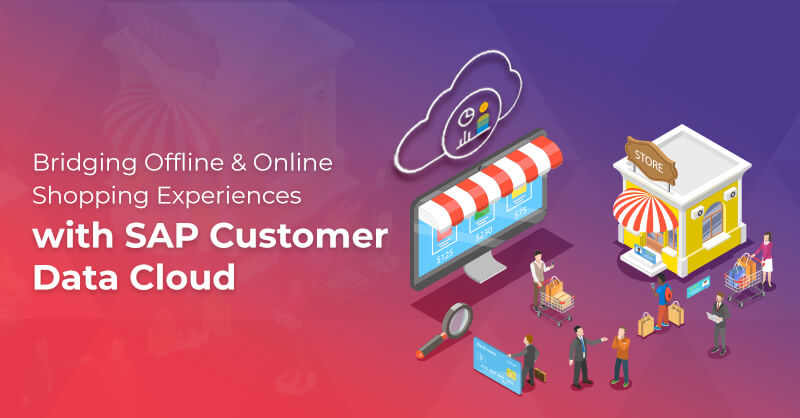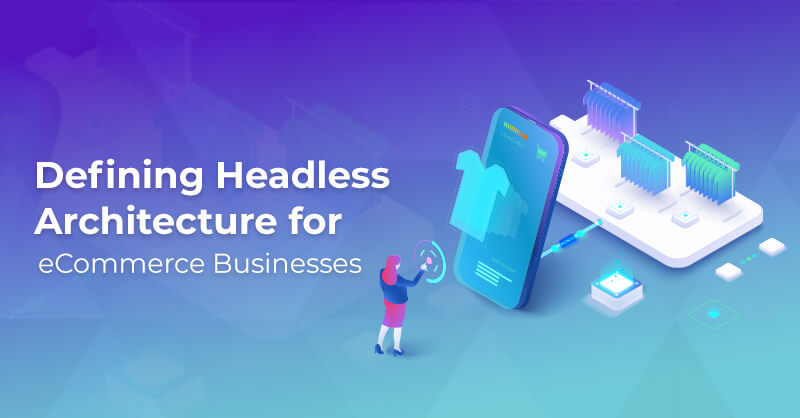An Ode to Salesforce Commerce Cloud APIs
Written by Manpreet Kaur
Content WriterDo you want to build powerful eCommerce stores tailored to your business niche?
Salesforce Commerce Cloud helps you create the kind of store you want. You can create headless commerce, drive in potential customers, include out-of-the-box features, and keep an eye on the metrics in real-time.
What is Salesforce Commerce Cloud API?
The Salesforce Commerce Cloud API is a RESTful API developed to boost the capabilities of Salesforce B2C Commerce. It allows the developers to retrieve the B2C Commerce resources to create seamless experiences without taking a cut of efficiency and growth.
The Salesforce Commerce Cloud API is developed on an API-first platform that facilitates the developers to create eCommerce facilities using:
New API gateway that offers multi-tenant support
In-built tracking, measuring, and logging
Deliver cutting-edge eCommerce with the headless development
eCDN layer before the APIs
The Salesforce Commerce Cloud API deploys technologies such as Node.js, JavaScript, and other advanced tools to help you create sophisticated eCommerce platforms. In addition, headless implementations stimulate growth, efficiency, and scalability.
Prime Characteristics of the Salesforce Commerce Cloud API
- Commerce Cloud API authentication: The Salesforce Commerce Cloud API authentication is classified into two categories:
- Shopper APIs: The Shopper APIs are read-only APIs designed to deal with the buyers’ persona. Authorized and anonymous users access them with the help of a customer authorization platform. A JSON Web Token (JWT) manages the Shopper API authorization and can be used for registered customer and guest access. However, it expires within 30 minutes after it has been granted. Therefore, you need to exchange it if you intend to increase its lifespan.
- Other APIs: These APIs are accessed by verified users who use the Commerce Cloud system through the Account Manager. They are available for website operators, developers, advertisers, and retailers.
- Note: To access the Salesforce Commerce API, you must have an API Client ID. The API Client ID contains an ID value and secret allotted by the Account Manager.

- Caching: Caching boosts the efficiency and performance of your Salesforce Commerce Cloud store. When you cache the often-used data, it ensures the application works speedily, eliminating the need to hit the database. The API makes use of two layers to implement caching.
- Client-side caching: The GET requests offer cache headers in the responses that demonstrate if the resource is private or public. Only the public resources are cached. The Commerce SDK uses these details to cache all the responses that have a public cache header.
- Server-side caching: All the services of the shopper API GET requests are implemented in the B2C commerce platform. Therefore, the B2C Commerce caching for all the GET requests in OCAPI Shop API works on the shopper APIs (only if the Shop API resources can be cached).
- Throttle rates: Throttle rates control the number of requests permitted for a specific time interval. The Salesforce Commerce Cloud API offers advanced throttle rate settings. It has restricted settings for various endpoints that deliver uniform service and enhance stability.
- Region Availability: The Salesforce Commerce API uses the central infrastructure for routing and managing the API responses, which varies from the standard B2C Commerce Cloud infrastructure. The Salesforce Commerce API is deployed in Tokyo, Sydney, US East, and Frankfurt. It is accessible to all the instances of the B2C commerce cloud. The incoming API requests are sent to the nearest deployed region depending on the POD location. More areas will be added as the Salesforce Commerce Cloud API deployment escalates.
- Headless eCommerce: Headless eCommerce isolates an eCommerce store's front and back end. This allows business owners to build agile and flexible stores that amplify user experience. Both parts of the eCommerce application interact using APIs. Thus, you can experiment with them individually to customize your application frequently without impacting the performance of web stores. You can go for headless commerce development or traditional development using the Salesforce Commerce Cloud API. It allows you to use a blend of the two development styles to accentuate your brand’s style and tone.
Also, it is imperative to secure headless commerce applications to ensure data privacy and confidentiality. The Salesforce Commerce Cloud APIs use AuthN and AuthZ to authenticate and authorize. Authentication verifies the identity of the user. Authorization refers to verifying access to specific resources and ensuring the user is eligible to do what he is doing.
Frequently Asked Questions about Salesforce Commerce Cloud API
Q1. Is it possible to use the Salesforce Commerce Cloud API with B2C Commerce instances?
Ans: Yes, using the Salesforce Commerce Cloud API with various B2C commerce instances is possible.
Q2. Does Salesforce Commerce Cloud API include SDK?
Ans: Yes, the Salesforce Commerce Cloud includes SDKs such as Node.js SDK (retrieves all endpoints of Salesforce Commerce), TypeScript SDK, and Isomorphic SDK.
Q3. Is there any relation between the Salesforce Commerce Cloud API and OCAPI?
Ans: No, the Salesforce Commerce Cloud API is different from the OCAPI (Open Commerce API). The Salesforce Commerce API offers extra features such as API-driven architecture, eCDN, policy deployment, robust tracking and measuring abilities.
Q4. Is it obligatory to have MuleSoft to use the Salesforce Commerce Cloud API?
Ans: No, you don’t need to have MuleSoft. Instead, you can access the API as REST API. MuleSoft works as an internal API gateway. However, its usage is limited to the Commerce Cloud and doesn’t interfere with the API interaction.
Q5. How much does the Salesforce Commerce Cloud API cost?
Ans: The existing Salesforce Commerce cloud users can use the Salesforce Commerce Cloud for free. In addition, they can access them when needed. However, it will have utilization-based cost models in the future.
All the new advancements to the Salesforce Commerce Cloud will be introduced through the Salesforce Commerce API. The API helps you explore the limitless opportunities to build, accelerate, and flourish. At Royal Cyber, we offer bespoke Salesforce Commerce Cloud services to help you build online stores seamlessly. Get in touch with our Salesforce certified resources to explore more.



